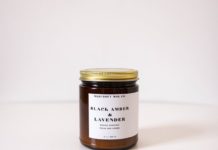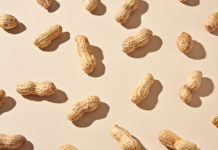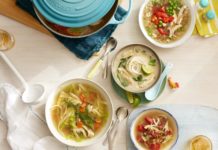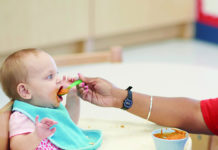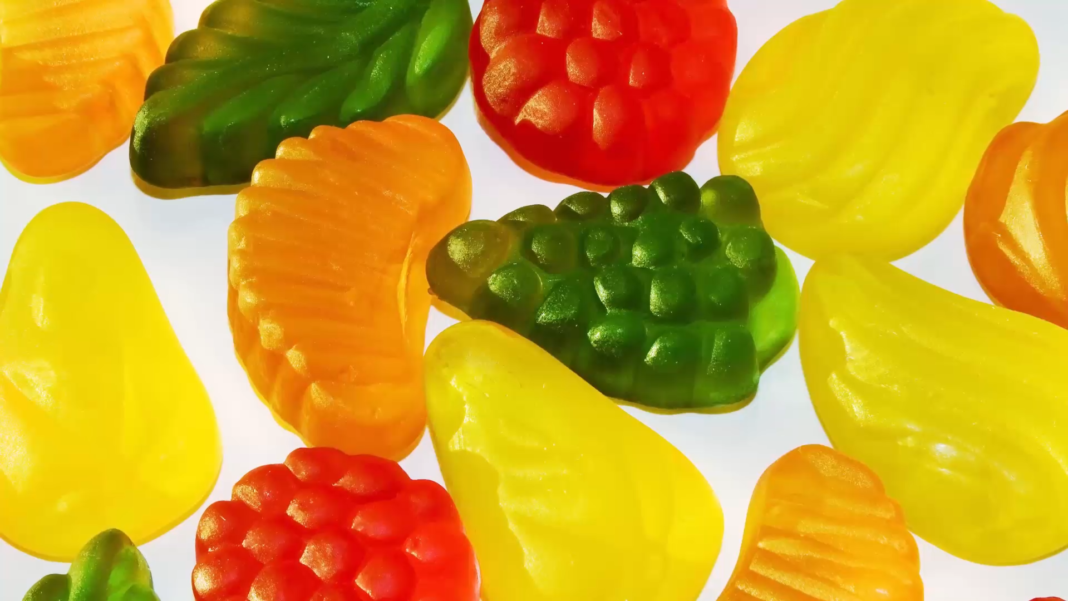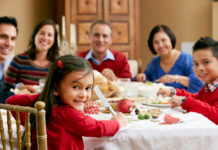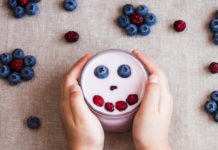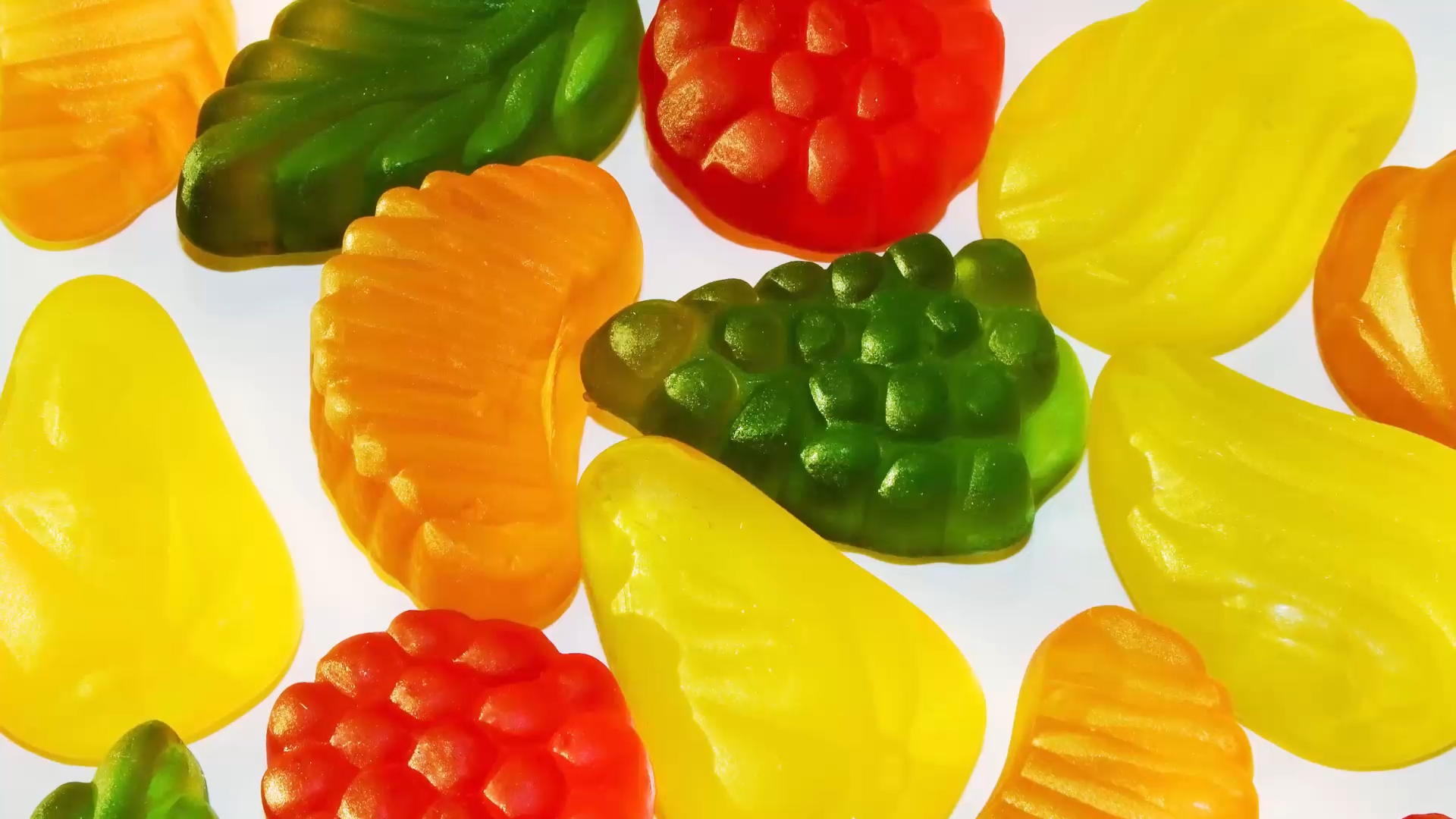
Certain foods and drinks have become staples for kids: apple juice at preschool, graham crackers at snack time. They seem like perfectly healthy options—but are they really? When you actually stop to read the ingredient lists and crunch the numbers, it's clear that many of these childhood faves aren't nearly as wholesome as they're made out to be. Here are five top offenders:
Sports Drinks
Though sports drinks were designed for elite athletes, they're now handed out at pee-wee soccer games—and many parents believe kids need them if they're sweating or they're playing sports in warm weather. In one survey, more than a quarter of parents rate sports drinks as "somewhat healthy" or "very healthy." Truth is, sports drinks are not appropriate for most kids, and you can easily replace any lost electrolytes like sodium and potassium with regular food. A 20-ounce bottle of sports drink contains a lot of stuff kids don't need, like more than eight teaspoons of added sugar and artificial ingredients like fake flavoring and food dye.
Chocolate-Hazelnut Spread
Kids love Nutella, but the first two ingredients are sugar and oil. In fact, a serving packs 21 grams of sugar (that's more than five teaspoons of added sugar—close to what the American Heart Association recommends kids get in an entire day!). But it's easy to see why some parents are fooled, since the chocolatey spread used to be marketed as part of a healthy breakfast, showing it spread on whole grain toast, for example. Then one mom filed a class-action lawsuit calling the ads deceptive. The manufacturer settled the case for $3 million, and the ads were dropped.
Fruit Snacks
These gummies somehow get a pass as being healthier than candy, though the ingredient list closely resembles gummy bears. A tiny pouch of fruit snacks has multiple teaspoons of added sugar. And don't be fooled by label claims that say "made with real fruit," since many are actually made with fruit juice concentrate, which is basically a form of added sugar.
Juice
There's a reason the American Academy of Pediatrics recommends limiting juice intake for kids (to no more than 4-6 ounces for kids ages 1-6 and no more than 8-12 ounces a day for ages 7-18) and encourages kids get their fruit servings with whole fruit. Fruit juice, including 100 percent juice, is a concentrated source of calories and natural sugar. It's sweet, so it's easily overconsumed by kids—and too much juice can dull the appetite and even lead to diarrhea and weight gain.
Graham Crackers
These are regularly served at many preschools and playdates, but they're actually more like cookies. They're typically made with mostly refined flour plus added sweeteners. Each sheet has about a teaspoon of added sugar. Some graham crackers are fortified with calcium and contain a small amount of iron, but it would be smarter to get those minerals from more nourishing food.
Sally Kuzemchak, MS, RD, is a registered dietitian, educator, and mom of two who blogs at Real Mom Nutrition. She is the author of The Snacktivist's Handbook: How to Change the Junk Food Snack Culture at School, in Sports, and at Camp—and Raise Healthier Snackers at Home. She also collaborated with Cooking Light on Dinnertime Survival Guide, a cookbook for busy families. You can follow her on Facebook Twitter Pinterest, and Instagram. In her spare time, she loads and unloads the dishwasher. Then loads it again.






